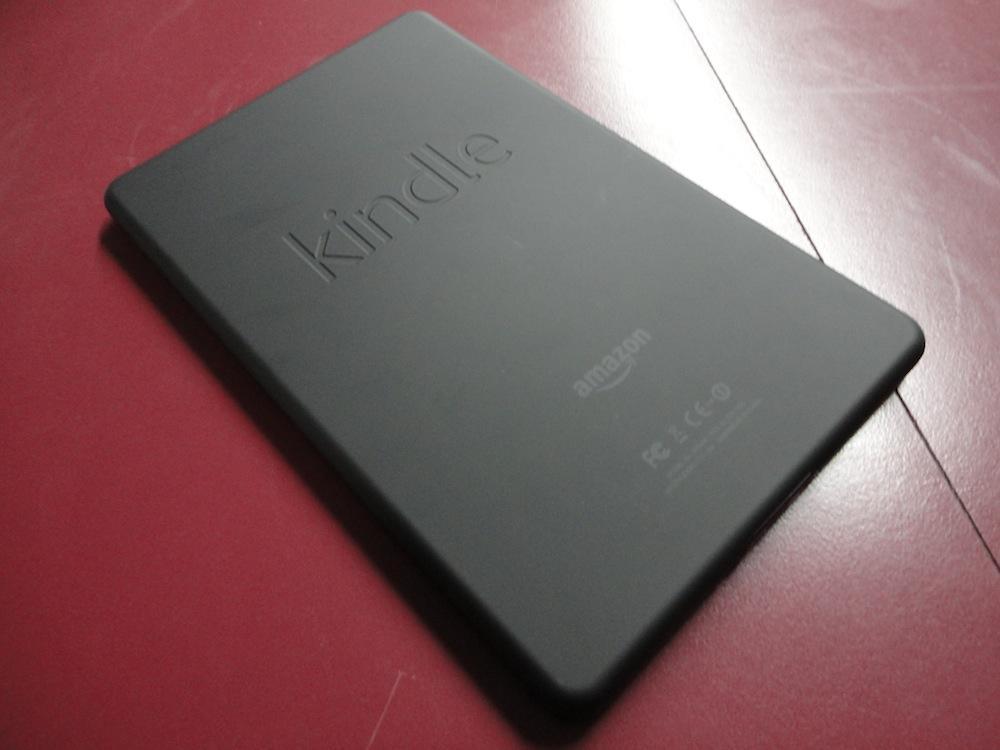
Those of you who pre-ordered or made the trek to Best Buy and slapped down 200 bucks are likely pretty familiar with your Kindle Fire by now. Although it comes with rather decent specs for the price, the Kindle Fire is far from your average tablet. With a new and proprietary carousel interface from Amazon, the lack of Android Market and missing features like Bluetooth or GPS it's somewhere between an eReader and tablet. One thing is certain, though. It was built solely for media consumption – consumption of Amazon's services.
To summarize, without Android Market and being on Android 2.3, the Fire has its limitations. For instance, any applications that you side-load, even if tablet-optimized, will not display as tablet apps. Instead, they will appear exactly as they would on your phone, just much larger. And even though you can easily install APKs that you have laying around, a lot of the ones you've grown familiar with on your Android phone will not work on the Fire. More specifically, if you take any Google app APK you have and try to install it, the install will process just fine. But once you load it, instead of asking you to login, the process will simply fail because Google account setup isn't nested in the software like your run-of-the-mill Android device.
To be honest, I'm sort of at a loss. I'm not really sure what I should be using the Fire for. Many of the third-party apps I use on a regular basis for entertainment, like Spotify, will not work on the Fire. Amazon's custom interface obstructs the on-screen controls in the app. You can play a song, but the only way to view Now Playing is to restart the song by tapping it again in the playlist menu, and the only way to stop said song it to force close or manually exit the application itself. It's a tad frustrating, to say the least.
I'm beginning to feel a bit claustrophobic when I use my Fire. And as if Amazon is breathing down my neck while I install non-Appstore apps like Astro File Manager, Dropbox and whatever other necessary apps I've failed to find in Amazon's Appstore.
If you feel the same way I do, however, all hope is not lost. Such a low price and respectable hardware as found in the Kindle Fire is a perfect storm for the prying fingers and minds of developers. The TouchPad was a testament to that. Just hours after the Fire started landing in developers' hands, root access was gained and treated to the root-for-dummies option, SuperOneClick. Around the same time root was achieved and made public, Amazon, in compliance with the AOSP agreement, released the Kindle Fire source code. (Serious kudos to Amazon for doing this so quickly. Other manufacturers could learn a thing or two from them.)
And just yesterday, Appcelerator and IDC released a Q4 Mobile Developer Report. This report answered something we've been wondering from the start: how will developers react to the Kindle Fire? To date, Android tablets have more or less been lacking in developer support, at least in comparison to other Android devices. Tablet apps are sparse when compared to App Stores 100,000 iPad apps, and things like (truly) custom ROMs on Honeycomb tablets have been near nonexistent without Honeycomb source (which was finally released early Monday morning). The Fire is a breed of its own, the Mobile Developer Report revealed just how eye-catching the Kindle Fire was to developers.
So what does all of this mean? It means the Kindle Fire is about to be given the hackathon treatment. Of course, a lot of those "interested developers" from the Mobile Developer Report are solely going to be application developers, not ROM and "hack and mod" developers. Regardless, this will easily be the first Android tablet to receive major third-party development support.
This honestly shouldn't come as a surprise, though. Like I said, great, cheap hardware is eye candy for a developer. With Amazon not throwing too many curveballs – like locked bootloaders – at developers, there was never a reason to assume otherwise. My question, however, is: did (or will) any of you buy the Kindle Fire with the mindset to hack it seven ways to Sunday? Or are you getting the Fire simply for reading books, watching Amazon Prime Instant Video or something of the like?
Although I've felt pretty restrained and very tempted to root mine, I promised myself that I would use it as it was intended for as long as possible. I already have a Galaxy Tab and don't necessarily need another full-fledged tablet. Not to mention, there's the question of when you lose access to Amazon's services. I bought the Fire primarily for a better way to watch Prime Instant Video and to read the pile of eBooks I have in queue. Losing Instant Video access would nearly defeat the purpose. That said, after I'm done reviewing it, I may dabble in that area for a while and return to stock, just to get my fix. Curiosity always wins.
What about you, ladies and gents? Are you buying a Kindle Fire just to hack it? Are you going to keep it as intended, for Amazon's media services? Or are you buying the Nook Tablet for that instead?